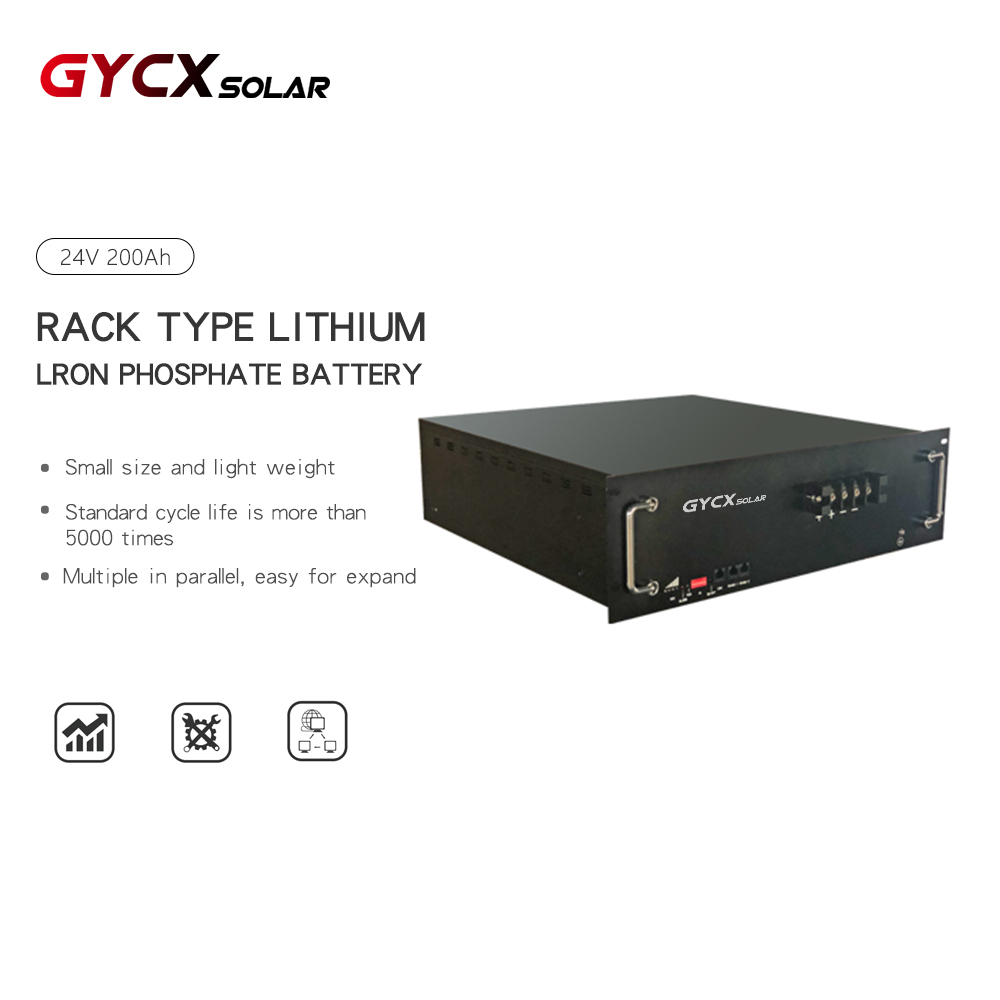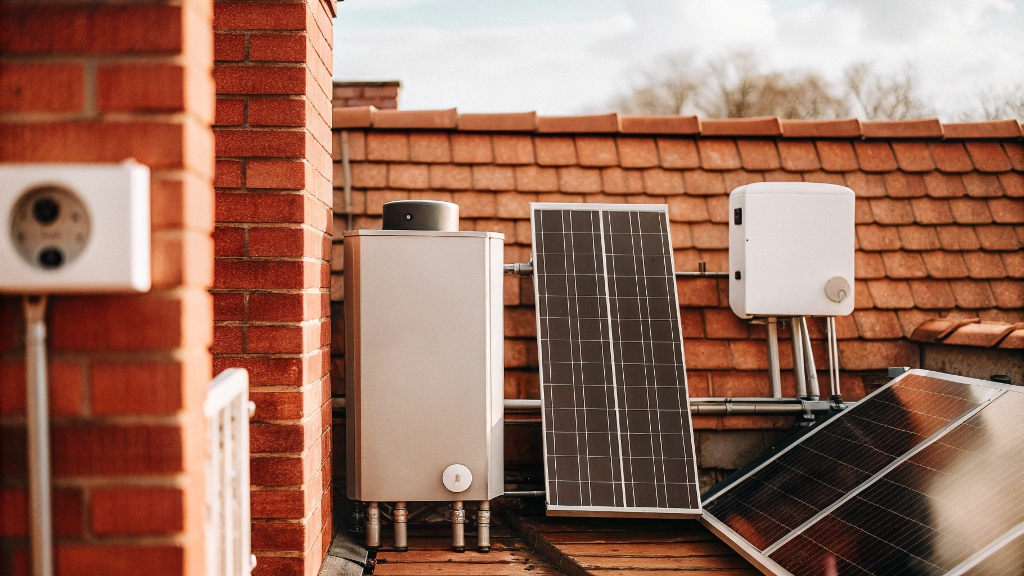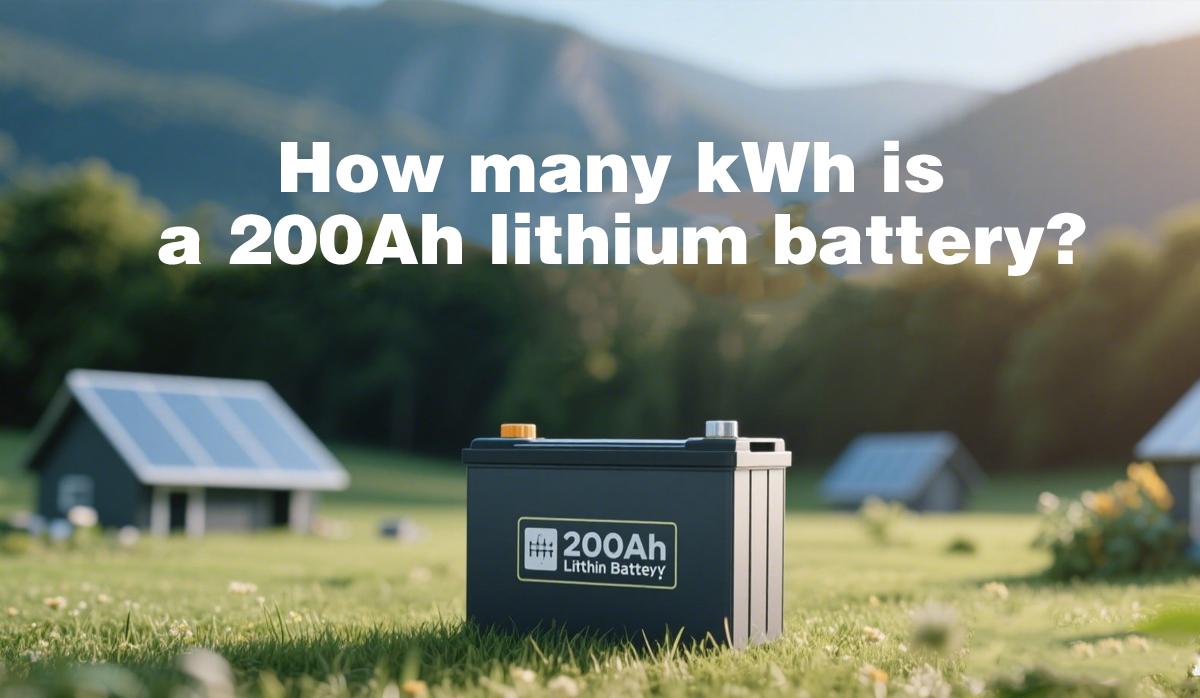200AH锂电池有多少千瓦时? 了解可堆叠的太阳能电池
1. 介绍
太阳能成为可持续生活的基石, 了解电池存储比以往任何时候都更加重要. 太阳能爱好者和系统设计师的一个常见问题是: “200Ah锂电池是多少kWh?”
本文不仅会解释放大器小时的转换 (啊) 到千瓦时 (千瓦时) 但还提供有关这些价值如何影响太阳系性能的见解. 此外, 我们将讨论使用的好处 可堆叠的太阳能电池 用于多功能和可扩展的能源存储.
利用行业专家和实际应用的研究, 该综合指南旨在帮助您评估储能需求,并在设计太阳能系统时做出明智的决定.
2. 了解电池容量: 安培小时和千瓦小时
电池容量通常以两种方式表示:
- 放大器小时 (啊): 表示电池随着时间的推移可以传递多少电荷.
- 千瓦时 (千瓦时): 代表存储的总能量. 它是电压的产物 (在伏特中) 和当前容量 (在放大器小时), 分开 1,000.
基本换算公式
从ah到kwh的标准公式是:
[\文本{千瓦时} = frac{\文本{电压 (V)} \times text{放大器小时 (啊)}}{1000}
]
例如, 额定为48V和200AH的电池将具有理论能量的能力:
[\frac{48 \次 200}{1000} = 9.6 \文本{ 千瓦时}
]
这意味着, 在理想条件下, 电池可以存储到 9.6 千瓦时的能量.
3. 计算: 将 200Ah 转换为 kWh

在确定200AH锂电池中有多少千瓦时, 系统电压起着至关重要的作用. 让我们探索不同的电压如何影响能源容量:
- 在12V:
[
\frac{12 \次 200}{1000} = 2.4 \文本{ 千瓦时}
] - 在24V:
[
\frac{24 \次 200}{1000} = 4.8 \文本{ 千瓦时}
] - 在48V:
[
\frac{48 \次 200}{1000} = 9.6 \文本{ 千瓦时}
]
通常, 用于太阳能存储应用, 电池以更高的电压使用 (例如, 48V) 因为它们以紧凑的形式提供更高的能量密度. 48V 200AH电池, 所以, 大约提供 9.6 千瓦时的能量, 使其成为住宅和商业系统的流行选择.
4. 影响可用能源的因素
计算出的kWh提供了理论能源容量, 几个现实世界的因素可能会影响电池的实际可用能量:
一个. 放电深度 (国防部)
大多数锂电池不应完全放电以延长其寿命. 例如, 如果您有电池 80% 国防部, 仅有的 80% 的 9.6 kwh是定期使用的.
可用能量= 9.6 kWh× 0.8 = 7.68 千瓦时
乙. 电池效率
在充电和排放周期期间, 电池会产生能量损失. 典型的锂电池可能具有周围的往返效率 90%, 这意味着您所能获得的实际能量稍小.
c. 温度和环境条件
极端温度, 冷或冷, 可以影响电池性能并降低容量和效率. 适当的安装和热管理是保持最佳性能的关键.
d. 老化和循环寿命
随着时间的推移, 电池自然会失去容量. 定期使用, 即使在推荐参数中, 逐渐降低电池的存储能力.
了解这些因素对于计划可靠地满足您能源需求的太阳能存储系统至关重要.
5. 电池技术比较
强调为什么计算和适当的产品选择很重要, 让我们比较一下通常考虑用于太阳能存储的不同类型的电池:
| 电池类型 | 典型电压 | 循环寿命 | 能量密度 | 应用 |
|---|---|---|---|---|
| 锂离子 | 48V (通常) | 3000+ 周期 | 高的 | 住宅 & 商业太阳能 |
| 铅酸 | 12V-24V | 500-1000 周期 | 降低 | 备份系统, 离网设置 |
| 流电池 | 各不相同 | 很长 | 缓和 | 网格规模, 长期储存 |
与铅酸电池相比,锂离子电池通常具有更高的能量密度和更长的循环寿命, 使它们更适合现代太阳能应用. 同时, 液流电池等新兴技术, 尽管有希望大规模应用, 在住宅安装中不太常见.
6. 为什么选择可堆叠太阳能电池?
的概念 可堆叠的太阳能电池 旨在为您的能源存储需求提供灵活性和可扩展性. 这就是为什么它们是理想的选择:
模块化设计
可堆叠太阳能电池允许您从较小的系统开始,并随着能源需求的增长添加更多模块. 这种模块化可确保您可以在不进行全面大修的情况下扩展系统.
空间效率
可堆叠系统的设计紧凑, 非常适合空间有限的安装. 它们最大化存储容量,同时最大程度地减少占地面积.
易于维护和集成
这些系统经过设计,可简单安装,并与其他太阳能组件无缝集成. 他们的设计确保维护很简单, 逆变器和能源管理系统等组件和谐起作用.
在我们的产品阵容中 GYCX太阳能, 我们的 可堆叠锂电池 解决方案体现了许多好处.
此外, 考虑互补产品:
7. 将GYCX太阳能产品集成到您的系统中

构建强大的太阳能系统意味着选择无缝工作的产品. 在 GYCX太阳能, 我们的产品范围旨在满足各种储能需求并确保系统可伸缩性.
可堆叠锂电池
我们的模块化 可堆叠锂电池 系统经过设计以提供灵活性和易于扩展. 它们非常适合预期未来增长的住宅和商业应用.
太阳能电池
我们的敬业 太阳能电池 解决方案是针对深循环性能进行了优化的, 确保他们有效处理日常的电荷止血周期.
太阳能逆变器
没有高效的太阳系是没有完整的 太阳能逆变器. 它将存储在电池中的直流能量转换为交流电源, 确保您的存储能量在需要时可用.
通过整合这些高质量的产品, 您确保了一个既可靠又适合未来能源需求的太阳能系统.
8. 实用技巧和维护
从太阳能电池系统中获得最大收益, 考虑以下实际提示:
定期监视
使用能源管理系统定期监控电池性能. 这有助于尽早发现任何问题并确保最佳效率.
环境控制
确保将电池存储安装在具有稳定温度的环境中. 适当的通风或气候控制可以显着延长电池寿命.
坚持最佳实践
遵循制造商指南进行安装和维护. 这包括适当的接线, 安全安装, 和周期性检查.
计划可伸缩性
选择像我们这样的模块化系统 可堆叠锂电池 这样您就可以随着需求的发展轻松扩展储能. 这种未来的实行太阳能系统并随着时间的推移保护您的投资.
9. 结论
确定200AH锂电池可以提供多少千瓦时是设计高效太阳能系统的基本步骤.
以标准的48V等级, 200Ah 电池理论上可提供约 9.6 千瓦时的能量, 尽管放电深度等现实因素, 效率损失, 和环境条件会影响可用容量.
通过了解这些计算以及影响电池性能的因素, 您可以更好地规划您的能源存储需求. 而且, 选择模块化, 可扩展的解决方案——例如 可堆叠的太阳能电池—确保您的系统高效且可扩展. 在 GYCX太阳能, 我们提供一系列产品, 包括我们的 可堆叠锂电池, 太阳能电池, 和 太阳能逆变器, 所有设计都是为了无缝集成到您的太阳能设置中.
拥抱高品质, 专门构建的技术可优化您的太阳能系统并为可持续发展铺平道路, 能源独立的未来.

